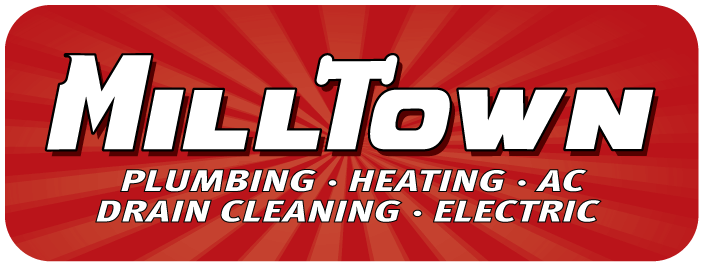Have an Old House? You Probably Have Old Plumbing
- Electrical

Many people choose to buy older homes due to their inherent character and charm. However when it comes to your older homes plumbing system, you must consider the problems you may encounter. Being well informed about old plumbing systems equips you with a necessary tool in your older home buyer arsenal.
Benefit From a Proactive Approach
There are many advantages to being on top of these issues. Having a professional you trust complete a thorough investigation of your system will save you from future problems. Consider that avoiding this critical knowledge may lead to damage to your home in the event of a plumbing crisis. Your loved ones may hurt themselves as a result of faulty plumbing. Other utilities in your home may be used inefficiently causing increased costs all due to problematic plumbing. You may have to repair walls and floors, replace furnishings, carpets and possessions in the event of leaking or flooding.
That little noise may be nothing but it could be the beginning of a major plumbing issue. Some plumbing problems come with a warning like a small leak, a noisy toilet, a slow flush. Unfortunately many more plumbing problems are upon you with no warning whatsoever. Suddenly you are impacted by a deluge of water, raw sewage, or both. Though your homes’ plumbing will receive a cursory review during the inspection, in order to completely avoid problems, if permissible ask your real estate agent and the previous homeowner if you can have a plumber assess the system. If you want the home regardless of the issues that may be present, be certain to have the plumbing evaluated as soon as possible after purchase.
Every problematic plumbing issue is different and the best course of action entails many variables and should only be determined by a professional. Major plumbing problems are not a DIY issue. In some cases the entire line must be replaced or your home may have to be excavated to see the problem and remedy them. There are cameras that can be put into the line to show a professional exactly where the problem lies. The problems are not avoidable and will not go away on their own. Below you will find eight of the most common plumbing issues you may encounter as the new owner of an older dwelling.
There’s Water, and There’s Raw Sewage
If your home was built before the 1960’s, it is a good chance that galvanized plumbing was installed in it. Galvanized plumbing includes pipes made of steel with an added layer of zinc as a protection. The problem with galvanized plumbing systems is that zinc erosion occurs following several decades of use. Water pressure decreases as a result and the quality of the water is compromise. Eventually the plumbing is rendered useless.
Following the use of galvanized piping, builders began using polybutylene plumbing in the late seventies to mid 1990’s. Experts relate that over time the plastic begins to fail forming small cracks and fissures. The culprit is chlorine and other oxidants that are found in the public water supply. The structural problems that result may have a sudden onset and cause major damage.
Used mainly as the connector between the outside service lines and your home, lead service lines pose a significant risk to water quality as the lead often leaches into the water supply due in part to chemicals. It is a good idea to have your water supplier come out and test your tap water. If you indeed have lead in your water the service lines must be replaced.
If you have a belly in your sewer line that means that the line was not bedded or set correctly upon installation. Simply put bedding is the process of correctly adjusting the surrounding area of where the pipe is laid. A belly or dip in the line is a sagging place in the piping system. This sag allows for sewage or sediments to settle and clog the line and restrict the flow.
Many older homes may have been built with concrete or cast iron pipes. Cast iron is only durable for 20 to 30 years. The iron starts to wear away over time and eventually completely disintegrates, soil erosion occurs as a result. While concrete last for a much longer period of time, problems occur with them due to the natural shifting of the home and the movement of the ground. These rigid systems can be hard to locate if they were installed under the home. The house may have settled on top of the now disintegrating cast iron or concrete piping.
Sewer lines and systems, pipe and fixture corrosion, and outdated and unserviceable lines angle stops and shut-off valves are also common plumbing crisis’ that you may face in your older home. Your municipality is only responsible for your plumbing where it meets the street. It is important to check with them to make sure they have updated the leads to your home since corrosive elements enter your plumbing via the public works. Corrosive elements and wear and tear over decades has a devastating effect on shut-off valves and angle stops since sediments settle in the twists and turns of both. The ease in replacing them depends on their location. Some lines are unserviceable and must be managed and under constant maintenance by a professional.
Call MillTown today and fix any old plumbing issues in your home today!
Read What Our Happy Customers Had To Say!
electrical safety













